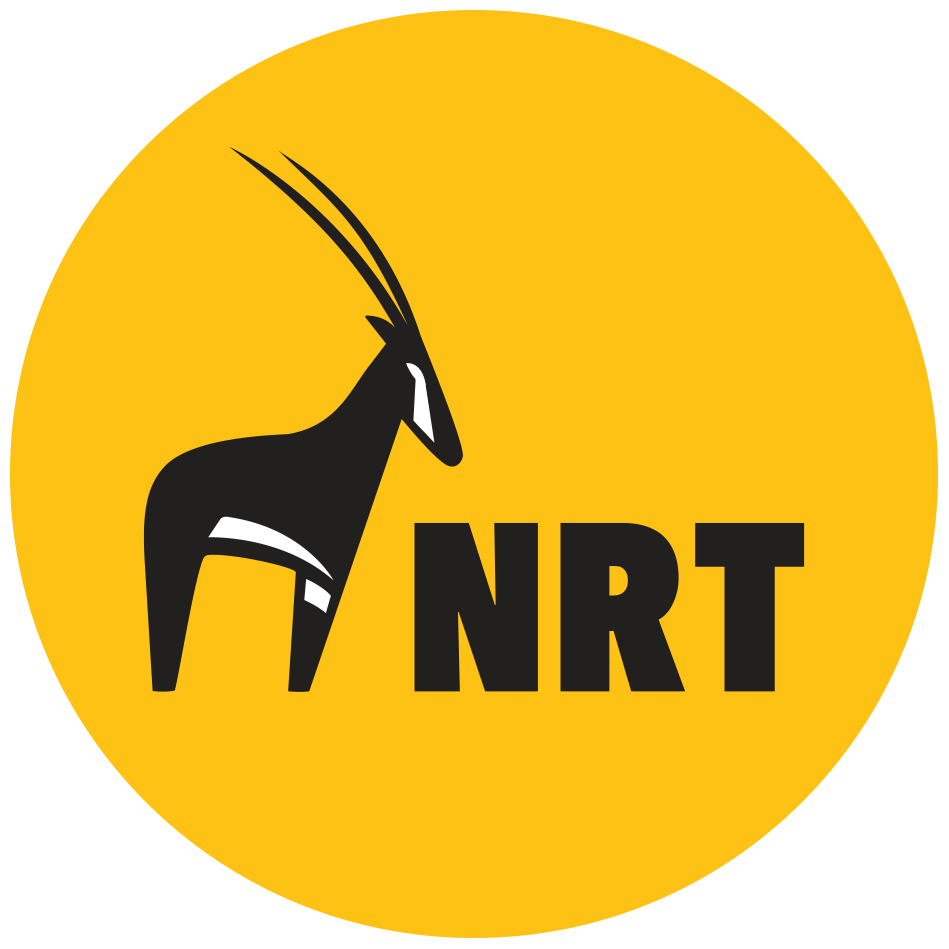Rangelands Rehabilitation Efforts Continue in Isiolo and Samburu
A 2019 Acacia clearing exercise in Westgate Conservancy. 3,000 community members took part in rangelands rehabilitation activities in 2019, across 7,000 hectares of what used to be productive grazing land
As the global pandemic challenges the status quo, community conservancies are finding new ways to continue their important work for people and wildlife.
In April, Nasuulu, Nannapa, Narupa and Kalama community conservancies launched Acacia reficiens clearing programmes to rehabilitate 3,700 hectares of previously productive grassland by removing a damaging and prolific tree. The projects were completed with support from NRT and SIDA through the IMARA Program, and were adjusted to comply with COVID-19 Government guidelines and ensure the health and safety of all involved.
Across the northern rangelands, Acacia reficiens is spreading quickly, particularly in areas that have suffered overgrazing or erosion. It has no forage value to livestock or wildlife, and prevents other plant species from growing around it, including grass. For the past few years, community conservancies have been working to clear Acacia reficiens trees from areas of land, plant grass seeds across the project sites, and cover these seeds with the cut Acacia branches to protect them. Not only does this benefit pastoral livelihoods, but wildlife too.
This latest Acacia clearing saw more than 1,500 men, women, youth and persons living with disabilities employed by the four conservancies over a two-week period, to clear the trees and plant perennial grasses. 40% of the casual labourers were women. The project adhered to strict COVID-19 safety and hygiene measures, including physical distancing (workers were divided into village groups and there was no interaction between one village group and another), the provision of hand sanitizers and face masks to labourers, adequate access to water and cashless payments. Each labourer earned an average of Ksh. 10,000 – a vital lifeline for many households suffering from economic hardship due to market closures and job losses resulting from the current epidemic. Covid-19 awareness campaigns were also conducted by health workers before and after the work sessions.
In Nasuulu, through the support of Kenya Rapid and the NRT Rangelands Program, communities reseeded two grazing blocks of Ewaso and Lowalengishu, spreading Cenchrus ciliaris grass seeds across 11 hectares of land.
A moran from Westgate Conservancy spreads grass seeds amongst cut acacia branches during a 2019 exercise
“So far, clearing of Acacia reficiens and reseeding of 100 acres through the support of NRT and Kenya Rapid has led to increase of grass in Nasuulu’s five main grazing blocks where herders graze their livestock,” says Andrew Phitisa, Nasuulu Conservancy Manager.
In Nanaapa and Narupa conservancies, grass seeds were provided with support from the National Drought and Management Authority (NDMA) and the NRT Rangelands Programme. The two conservancies, which neighbour each other, have a reseeding target of at least 1,500 hectares of bare land.
When the exercises were complete, conservancy leadership teams worked with herders to come up with bylaws to ensure adherence to strict guidelines on the management of rehabilitated sites to allow the grass to grow.
Their timing was perfect, as good seasonal rains have arrived across northern Kenya. 32 NRT member conservancies with rangelands programmes are developing wet season grazing plans in time with this.


